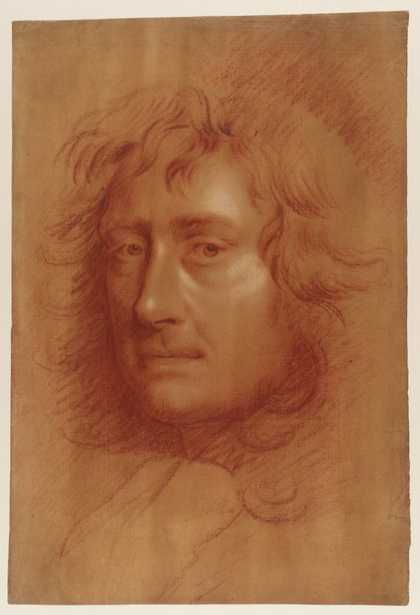Joseph Wright of Derby has been described as the first professional painter to express the spirit of the Industrial Revolution and it is in this capacity that he is best known. Moreover the same spirit of inquiry that led his contemporaries Wedgwood, Erasmus Darwin and Arkwright to discover new territories in the applied arts, science, and industry bore fruit with Wright in his experiments with the rendering of light: lamplight, candleÂlight, moonlight, the glare of a forge, the arc of a rainbow or a shower of fireworks.
But he does far more than competently reflect the growth of the mechanical sciences in his subject matter, and in this purposely small selection of subject-pieces, portraits and landscapes, several of which have not been exhibited for a hundred and forty years or more, the real quality of his imagination can be seen at its best.
In this exhibition special emphasis has been placed in Wright’s interest in industry and science (at the expense of some commissioned portraits and some later landscapes) and on the strange combination (so characteristic of the intricate cross-currents in English art in the 1770s and 1780s) of the realism of portrait and portrait groups, the proto-romanticism of such landscapes as the Earthstopper, the neo-Gothic Democritus studying Anatomy and Miravan, and what can be termed the romantic neo-classicism of such compositions as the Corinthian Maid.
Only in the epoch of Wright's friend, Erasmus Darwin, when science was still a beautiful fantasy, could so many different styles be tried out by one man without strain.
Though one should not claim Wright as a major figure, though the word 'provincial' should remain attached to him in the derogatory as well as in the flattering sense, his work has the merit of being extremely varied and, whenever he put his whole heart into a subject, most original.


